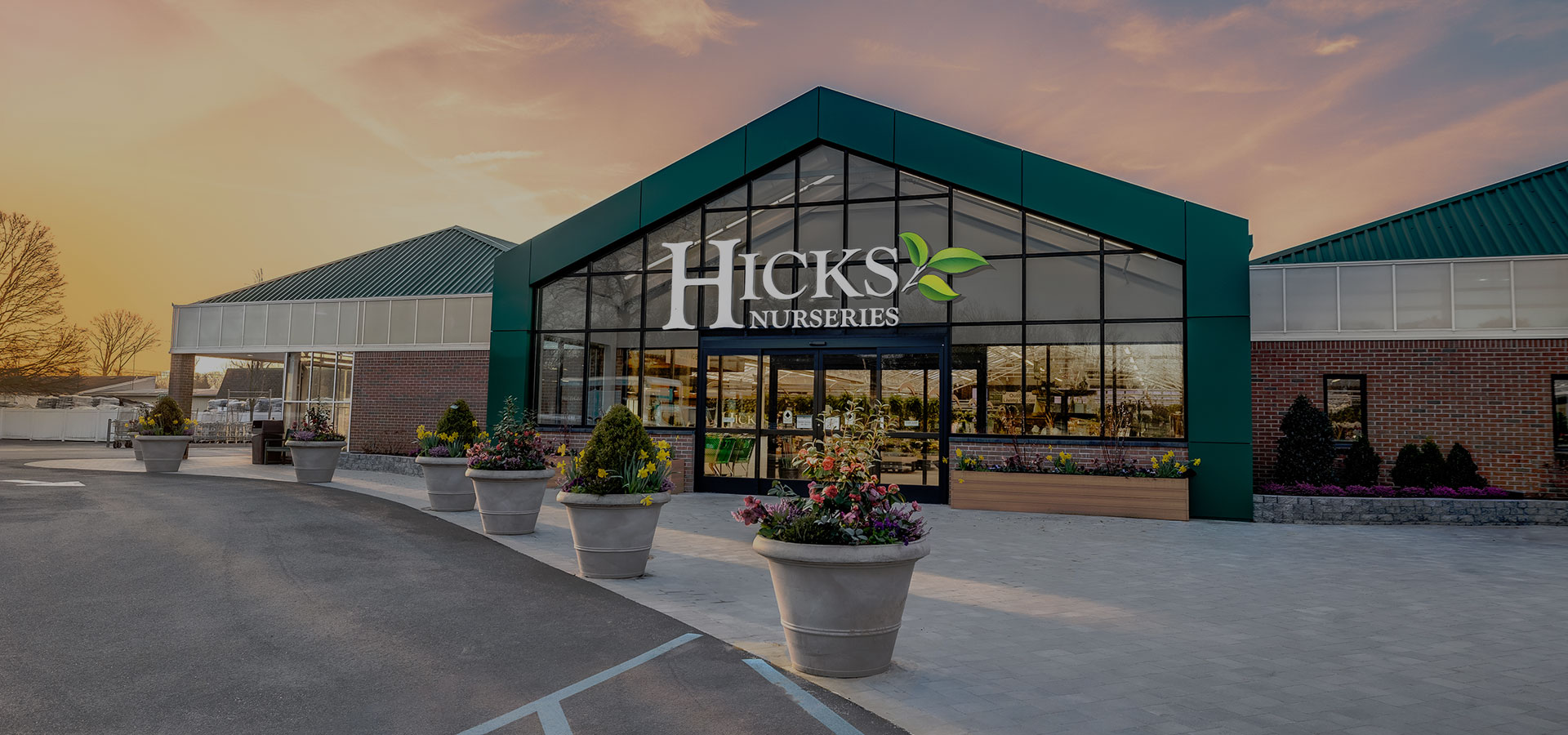[vc_row][vc_column][vc_column_text]Until a year and a half ago, most of the substantial changes in the restaurant industry were intentional, brought about by strategic business goals, and influenced by consumer behaviors. Even disruptive advancements were deeply rooted in planned innovations. The industry had yet to experience the extreme environmental factors of the pandemic, which brought us to the great restaurant recalibration.
Almost overnight, restaurants had to push forward at warp speed to rethink access. From the drive-thru to pick up and delivery, all touchpoints needed to be reassessed to better suit consumers’ off-premises needs. At the same time, the dine-in experience dwindled into virtual non-existence.[/vc_column_text][movedo_empty_space][movedo_single_image image=”31135″ retina_image=”31135″][movedo_empty_space][vc_column_text]Consumer behaviors were forever changed. Online ordering and mobile apps became a part of everyday use, while pick-up and deliveries reached all-time highs. Strangers dropping food at consumers’ doors became more common than maybe even FedEx deliveries. The distance and disconnect between food preparation and food consumption was inconceivable.
While the world is now reemerging to a new normal, questions about on-premises dining arise. Do restaurants still need dining rooms? The scenario feels familiar. One we know all too well in when it comes to retail. But if we look back at historical outcomes, we have some insight into what the industry will look like after the great restaurant recalibration.[/vc_column_text][/vc_column][/vc_row][vc_row][vc_column][movedo_title line_type=”line”]A Point of Reflection[/movedo_title][vc_column_text]During the recession in 2008, we watched stores close in mass. Retailers had overextended development, stores were oversized and underutilized, and markets were saturated. Ecommerce surged and put some of the biggest pure-play brands on the map, and many industry analysts confidently claimed the death of brick and mortar.
The reality was the retail industry needed to level set to match consumer demands and consumption realities. Retailers were forced to refocus on consumer lifestyles and not just factors for increasing foot traffic. Efforts began to optimize ecommerce, create efficiencies, establish a social connection with consumers, and rethink the in-store experience. The bottom line, they put in the work to remain relevant.
Even with the most recent events of the pandemic, retailers that survived and, in some cases, thrived had channel strategies in order. Initiatives like BOPIS and delivery became priority vehicles to support consumers’ essential needs. And while brick and mortar took a temporary back seat, the physical space served vital for distribution in many cases. All indicators would suggest a return.
As we look at the future of the on-premises restaurant experience, we can’t look beyond what we learned.[/vc_column_text][/vc_column][/vc_row][vc_row][vc_column][movedo_title line_type=”line”]Delivery-Only Demand[/movedo_title][vc_column_text]Will fast-food, fast-casual, and casual dining restaurants ghost the dine-in experience for good? Doubtful, but the future of restaurants will likely include virtual kitchen operations as a part of the new restaurant equation.
As the industry continues to struggle with labor shortages and 3rd-party apps have transformed how restaurants are discovered, delivery-only kitchens are gaining ground. Euromonitor recently estimated that ghost kitchens alone might lead to a $1 trillion global opportunity by 2030. Further claiming a stake in the sector, ghost kitchen concepts are poised to potentially grab 50 percent of drive-thru service (good for $75 billion) and 25 percent of dine-in (nearly $450 billion).[/vc_column_text][movedo_empty_space][movedo_single_image image=”31136″ retina_image=”31136″][/vc_column][/vc_row][vc_row][vc_column][movedo_title line_type=”line”]Need for Visibilty[/movedo_title][vc_column_text]Much like brick-and-mortar retail, there’s still an element of trust and brand awareness that comes with having a physical location. Something Epic Kitchens has come to realize over time. The foodservice brand started in Chicago as a traditional ghost kitchen operator renting bays in a CloudKitchen facility to support as many as 14 restaurant delivery-only concepts. Now, the need for visibility beyond an app is driving its newest venture—a hybrid model of on-premises and off-premises experience.[/vc_column_text][movedo_empty_space][movedo_quote quote_style=”line”]“The battle to build digital sales can be very expensive. A physical location, especially one that’s eye-catching, helps build brand awareness in a way that a traditional ghost kitchen can’t.” – Murad Karimi, Epic co-founder and CEO [/movedo_quote][movedo_empty_space][movedo_single_image image=”31138″ retina_image=”31139″][movedo_empty_space][vc_column_text]The restaurant storefront is uniquely designed to accommodate dual-purpose needs. A separate entrance, counter space, and parking spaces are designated for pickup, while walk-in customers can order via self-service kiosks and enjoy on-site.
This scenario is one we imagine many delivery-only concepts will encounter in time—the need for a physical presence and brand loyalty to achieve long-term success.[/vc_column_text][movedo_empty_space][movedo_quote quote_style=”line”]“You can’t keep just throwing up virtual brands – at some point, there’s saturation.” – Dan Fleischmann, Vice President of Kitchen Fund[/movedo_quote][/vc_column][/vc_row][vc_row][vc_column][movedo_title line_type=”line”]Virtual Market Entry[/movedo_title][vc_column_text]While brand awareness creates a challenge for true virtual-only restaurant brands, many major fast-food chains and fast-casual players with established loyalty are looking to the virtual venture for other reasons. Similar to a pop-up to permanent retail strategy, major restaurant brands are using virtual kitchens to expand to new markets or pilot new concepts.
Fast-food burger chain Wendy’s plans to launch 700 ghost kitchens in the US and overseas by 2025. Meanwhile, in pursuit of nontraditional expansion, Rego Restaurant Group, owner of Quiznos and Taco Del Mar, plans to open 100 ghost kitchens next year. Famous Dave’s, Qdoba, Wow Bao, and Smokey Bones are just a handful of others with an aggressive virtual kitchen agenda.[/vc_column_text][movedo_empty_space][movedo_single_image image=”31137″ retina_image=”31137″][movedo_empty_space][vc_column_text]Rather than test new menu items across an entire fleet, some fast food and fast-casual brands are looking to test entirely new concepts. Cracker Barrel has piloted delivery-only Chicken ‘n Biscuits and will soon be launching a second ghost kitchen concept, The Pancake Kitchen. Delivering customer favorites and a few flavorful innovations, fast food brand Chick-fil-A is launching a trio of virtual restaurant concepts: Flock & Farm, Garden Day, and Outfox Wings.[/vc_column_text][/vc_column][/vc_row][vc_row][vc_column][vc_column_text]The great restaurant recalibration has created opportunities for brands to rethink restaurant operations on-premises and off-premises. But, brands betting solely on convenience to capture consumer spend should create balance with additional avenues of engagement. Understanding shifting consumer behaviors will be critical as the world returns to a new normalcy.[/vc_column_text][movedo_empty_space][movedo_divider][movedo_empty_space][vc_column_text]Craving more restaurant perspectives? Check out our insights article: The New Restaurant of the Future Formula.[/vc_column_text][/vc_column][/vc_row]





